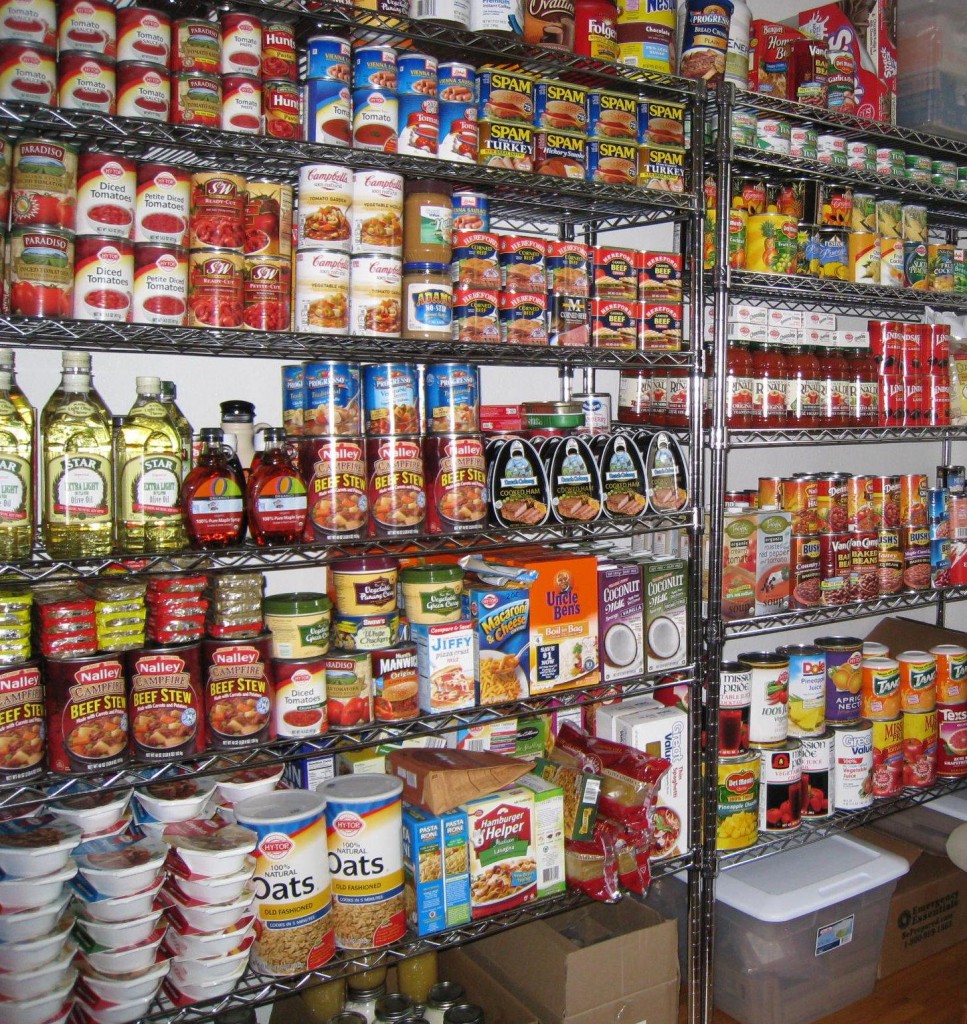When feeding the hungry is discussed third world countries most often arise as the location of the crises, but the United States has seen a rise in hunger problems since the recession.
"While many families are buying all the extra fixings to make Thanksgiving dinner special, 79 percent of low-income households in Feeding America's client base report "purchasing the cheapest food available, even if they knew it wasn’t the healthiest option, in an effort to provide enough food for their household." We also know from Feeding America's report, Hunger in America 2014, that food insecurity has been on the rise since the Great Recession: one in seven Americans rely on food banks to see them through. Viewed by race, the results are even more startling: One in four African Americans relies on a food bank; one in six Latinos. Meanwhile, some 45 million Americans rely on food stamps.
"It's 2015, and hunger is still a huge problem in America. And it's a problem inextricably linked to larger issues of economic hardship. In fact, many Americans who work face food insecurity, with studies finding that a growing share of food stamp recipients participate in the labor force. This is part of a broader story of the difficulties that low-wage workers face in making ends meet. Earlier this year, a study found that about 48 percent of home health care workers are on public assistance, as are 46 percent of child care workers and 52 percent of fast-food workers. Another big category of hungry people are older and disabled Americans on fixed incomes that fall short every month."--Kierstan Marek, Inside Philanthropy






